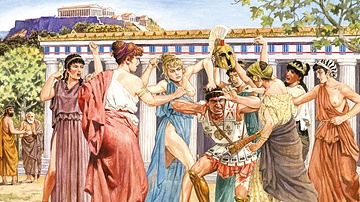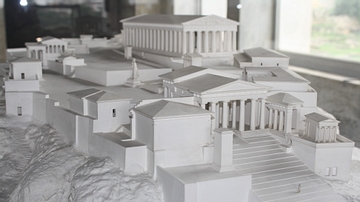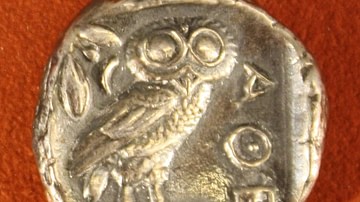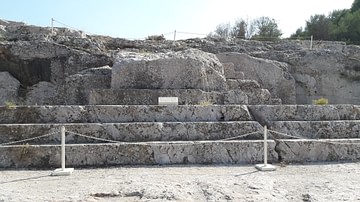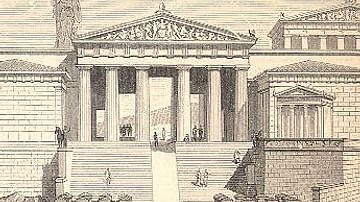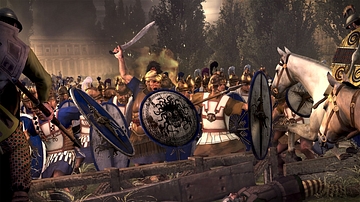Illustration
Fragments of Attic Calendar re-used in the church facade. According to Deubner first Thargelion, then Gemini, then Skirophorion, then the sacrifice of an oxen at the Dipolieia, then Cancer, then Hekatombaion, then a personification of Theoria, at the end Leo and Sirius (as dog). Dating around 3rd century BCE.
Cite This Work
APA Style
Database, T. W. I. I. (2015, October 17). Attic Calendar. World History Encyclopedia. Retrieved from https://www.worldhistory.org/image/4132/attic-calendar/
Chicago Style
Database, The Warburg Institute Iconographic. "Attic Calendar." World History Encyclopedia. Last modified October 17, 2015. https://www.worldhistory.org/image/4132/attic-calendar/.
MLA Style
Database, The Warburg Institute Iconographic. "Attic Calendar." World History Encyclopedia. World History Encyclopedia, 17 Oct 2015. Web. 21 Oct 2024.

